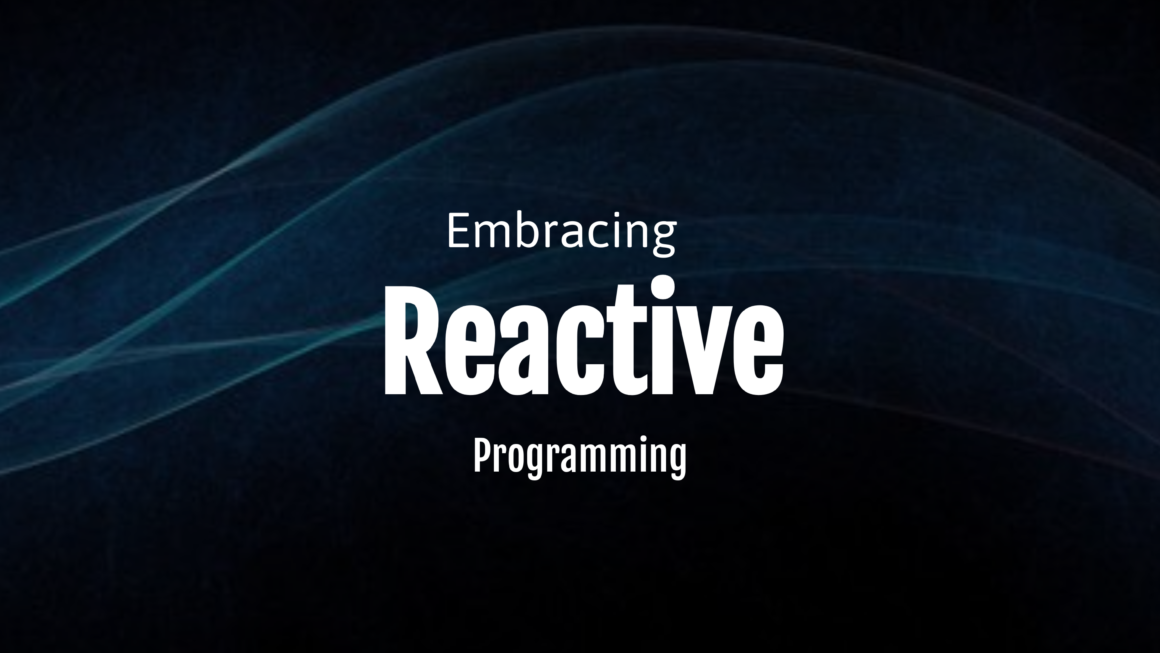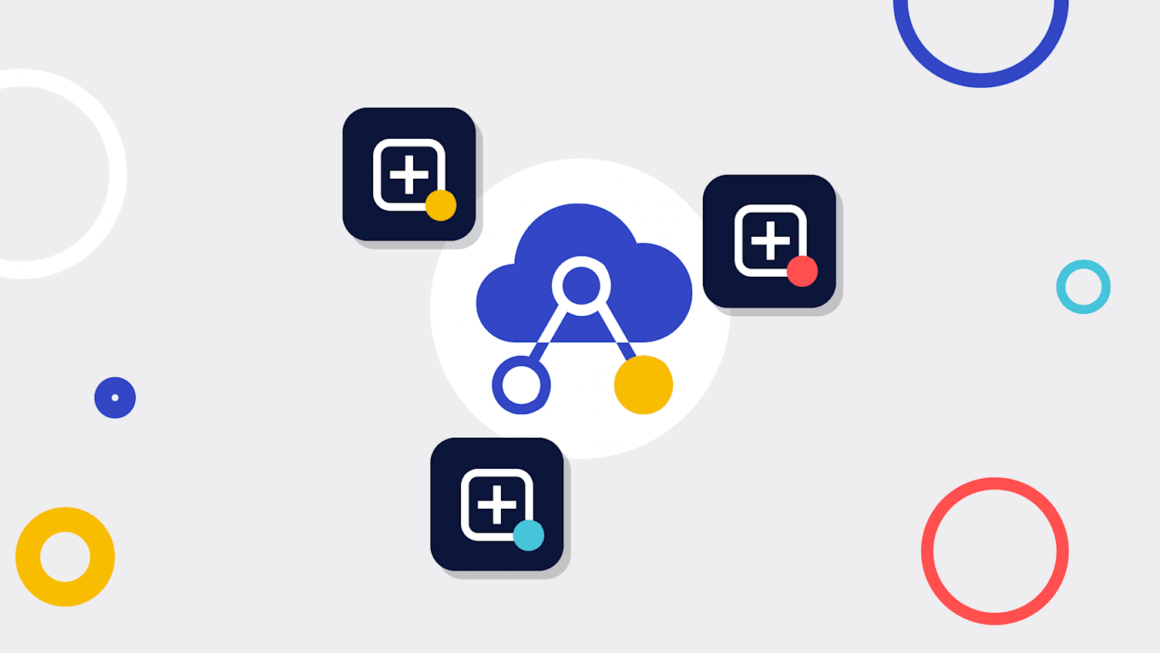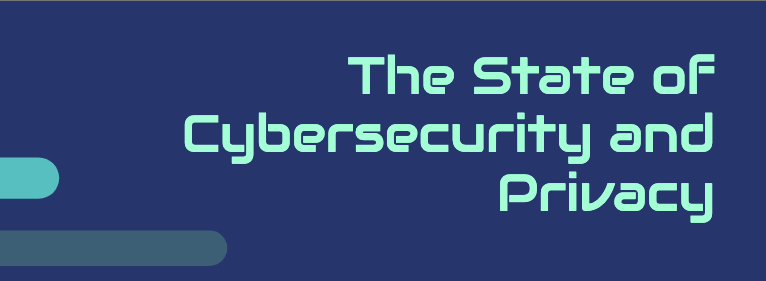Reactive programming has gained a lot of traction in recent years, both in backend and front-end development. In a world where responsiveness and efficiency are crucial for the success of an application, embracing reactive programming can give you an edge over traditional programming paradigms. In this blog post, we will explore the concept of reactive programming, its advantages, popular backend and frontend languages that support it, and some resources to learn more about this powerful approach.
What is Reactive Programming?
Reactive programming is a programming paradigm that revolves around the concept of data streams and the propagation of change. Instead of focusing on the control flow of your code, reactive programming emphasizes the relationship between data sources and their consumers. It allows you to easily handle asynchronous data flows, making it an ideal choice for applications that efficiently manage a large number of events or user interactions.
Advantages of Reactive Programming:
- Increased responsiveness: Reactive programming enables your application to be highly responsive to user inputs or external events, leading to a smoother user experience and more efficient use of resources.
- Scalability: The asynchronous nature of reactive programming helps you quickly scale your applications by minimizing the impact of blocking operations and efficiently handling concurrent events.
- Code maintainability: By clearly defining the data flow and the dependencies between components, reactive programming leads to a more maintainable and readable codebase.
- Error handling: Reactive programming provides a consistent and easy-to-understand approach to handling errors, essential for building robust applications.
Backend Reactive Programming Languages:
- Java: Project Reactor and RxJava are popular libraries that enable reactive programming in Java. They offer powerful tools and abstractions for building reactive and scalable applications on the Java Virtual Machine (JVM).
- Scala: The Akka framework, combined with the Scala programming language, provides a robust toolkit for building highly concurrent, distributed, and fault-tolerant systems using reactive programming principles.
- Node.js: Node.js, built on the non-blocking, event-driven I/O model, is an ideal platform for building reactive applications. Libraries like RxJS and Highland.js extend the reactive programming capabilities of JavaScript and Node.js.
Frontend Reactive Programming Languages:
- JavaScript: JavaScript, the predominant language for front-end development, has several libraries facilitating reactive programming. Some popular choices are RxJS, MobX, and Redux Observable.
- TypeScript: TypeScript, a typed superset of JavaScript, can also leverage the reactive programming libraries mentioned above, offering type safety and enhanced tooling support for your reactive applications.
- Dart: Flutter, a popular UI toolkit for building natively compiled applications, uses the Dart programming language. Dart supports reactive programming with the RxDart library, making it a great choice for building reactive mobile and web applications.
Where to Learn More about Reactive Programming:
- ReactiveX (http://reactivex.io/): ReactiveX is a collection of open-source projects that provide a unified programming model for handling asynchronous data streams. The website offers documentation, examples, and learning resources for various languages and platforms.
- Project Reactor (https://projectreactor.io/): The official website for Project Reactor provides comprehensive documentation, guides, and resources to help you learn and use reactive programming in Java.
- The Reactive Manifesto (https://www.reactivemanifesto.org/): The Reactive Manifesto outlines the core principles of reactive programming and serves as a great starting point for understanding the motivations behind this paradigm.
- Online courses: Platforms like Coursera, Udemy, and Pluralsight offer courses on reactive programming in various languages, covering both the fundamentals and more advanced topics.
Reactive programming is a powerful approach to building efficient,
scalable, responsive applications. By embracing this paradigm, developers can create applications better suited for modern user experiences and the ever-growing demands of the digital world.
Both backend and frontend programming languages have libraries and frameworks that support reactive programming, making it a versatile approach that can be applied across the entire development stack. Java, Scala, Node.js, JavaScript, TypeScript, and Dart are just a few examples of languages that can be used for reactive programming.
To learn more about reactive programming, you can explore the resources mentioned in this post, such as ReactiveX, Project Reactor, and the Reactive Manifesto. Various online courses are available on Coursera, Udemy, and Pluralsight to help you dive deeper into the subject.
As software development continues to evolve, staying updated with the latest technologies and paradigms is essential. Reactive programming is an invaluable skill that can help you build efficient, maintainable, and scalable applications, making it a worthwhile investment for any developer looking to stay ahead in the ever-changing world of software development.



